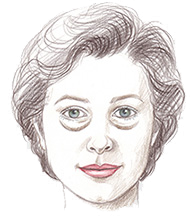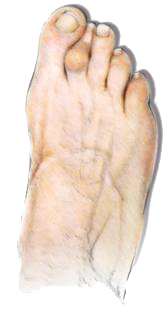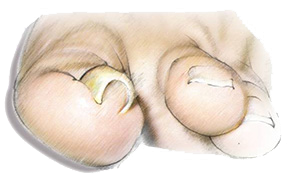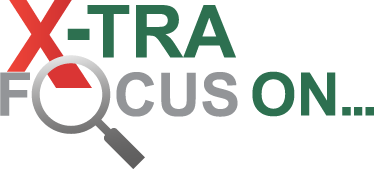X-Tra Focus on Body Assessments using Chinese Meridian & Five Element Philosophy
 The most visible areas on our bodies that are not usually covered are our face, hands and feet. Making tactile assessments of these areas will enable us to ask probing questions about the patient’s case history and thereby give us a more complete picture of their general health and well-being.
The most visible areas on our bodies that are not usually covered are our face, hands and feet. Making tactile assessments of these areas will enable us to ask probing questions about the patient’s case history and thereby give us a more complete picture of their general health and well-being.
In many health professions we will often be presented with patients having bunions, corns, hammertoes, callous and nail disorders. In treating and understanding these feet conditions, the main stream medical profession will often blame the shape of our shoes.
The feet can be described as an architectural masterpiece as they can bear and balance the entire body weight of a person. It therefore stands to reason that many imbalances within the body can quite easily also manifest themselves in the feet in a more visual form, especially from a structural point of view.
These tactile assessments are closely associated with the Meridians and the Five Elements. It is therefore important that we firstly refresh our knowledge on various Meridians found in the face, hands and feet. They are the key to revealing where imbalances lie and play a major role in the enhancement of general health and well-being. Furthermore, assessments in the feet also relate to the reflexes as found and understood in the science of Reflexology.
As with all other details related to the patient, you should record any imbalances and tactile indicators you notice on their feet, hands and face. These assessments should help you to extract further information about their health from the patient that has not previously been mentioned.
Specific learning outcomes
 On completion of this course, the participants will be able to relate to:
On completion of this course, the participants will be able to relate to:
- Identify and demarcate the Meridians found in the hands, face and feet
- Apply suitable questioning techniques in order to record a complete an accurate personal and health profile for the patient
- Categorize, analyse and evaluate tactile and visual assessments during pre-treatment assessment of patient
- Record, analyse, categorize and evaluate the health profile of a patient
1. Meridians in the Face, Hands and Feet
- Bladder & Kidney Meridians
- Gallbladder & Liver Meridians
- Stomach & Spleen Pancreas Meridians
- Lung & Colon Meridians
- Heart, Small Intestine, Circulation & Endocrine
2. Lung and Colon
- Thumb & index fingers
- Lung and colon reflexes (plantar foot)
- Body and foot in general (associated with the Metal Element)
- Face (associated with the Meridians)
- Face (associated with the Metal Element)
 3. Stomach, Spleen and Pancreas
3. Stomach, Spleen and Pancreas
- Medial aspect of the big toes (associated with the Spleen/Pancreas Meridians)
- Second and third toes (associated with the Stomach Meridians)
- Plantar foot (associated with the reflexes and Meridians)
- Face (associated with the Stomach Meridians)
- Face (associated with the Earth Element)
- Face in general (based on case history observations)
4. Heart, Small Intestine, Blood Circulation and Endocrine System
- Middle, ring and little fingers (associated with the Meridians)
- Face (in general and associated with the Fire Element)
5. Bladder and Kidneys
- Plantar and lateral fifth toes (associated with the Bladder & Kidney Meridians)
- Plantar foot (associated with the reflexes and Meridians)
- Face (in general and associated with the Meridians)
- Face (associated with the Water Element)
- Face (associated with the Bladder Meridians)
6. Gallbladder and Liver
- Lateral big toes (associated with the Liver Meridians)
- Fourth toes (associated with the Gallbladder Meridians)
- Foot (in general and associated with reflexes, Meridians and/or Five Elements)
- Face (associated with the Gallbladder Meridians)
- Face (associated with the Wood Element)
- Face in general (based on case history observations)
- Sanpaku eyes
- Assessing the nails
7. List of most common disorders of the feet, face and hands








